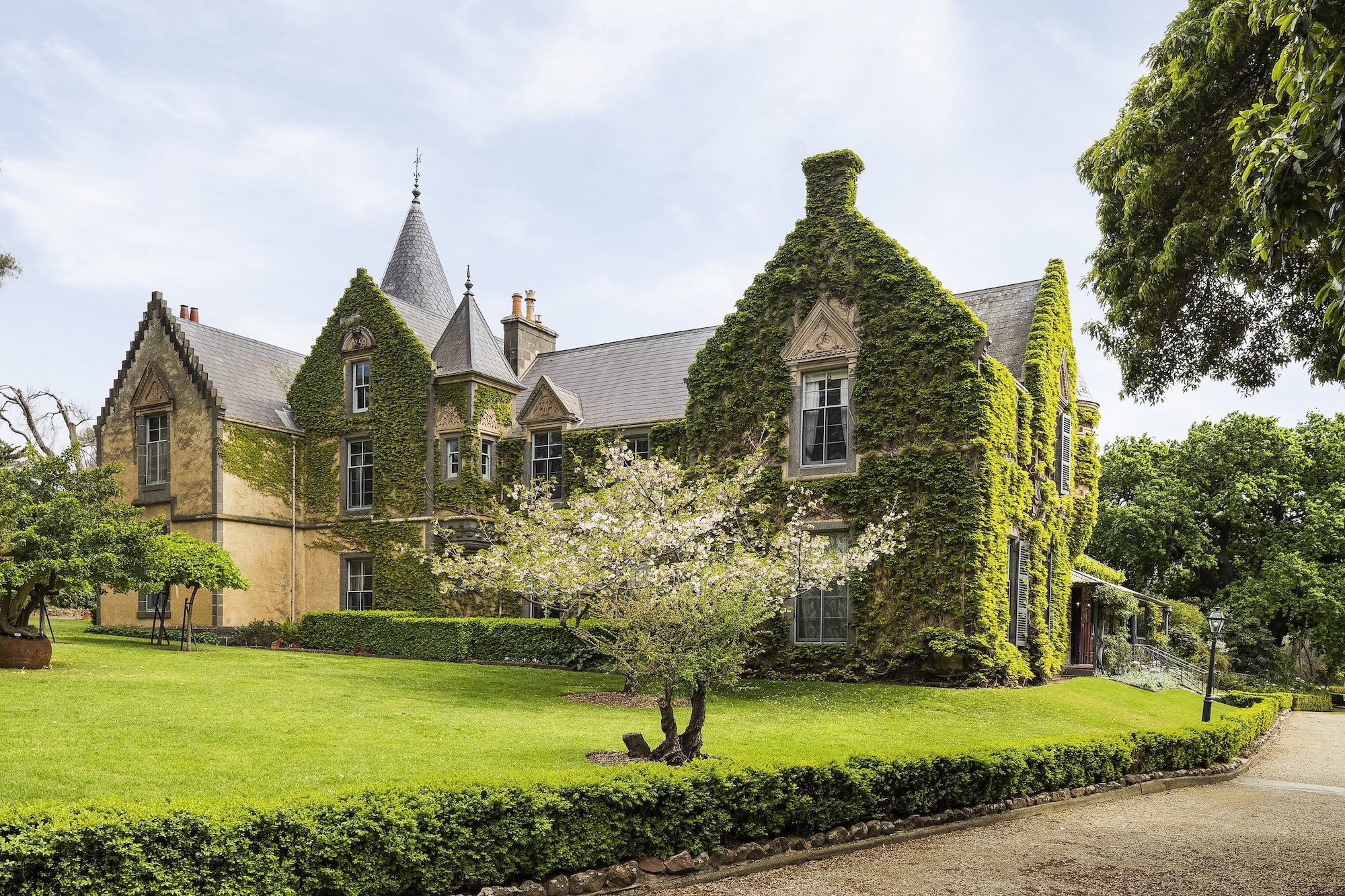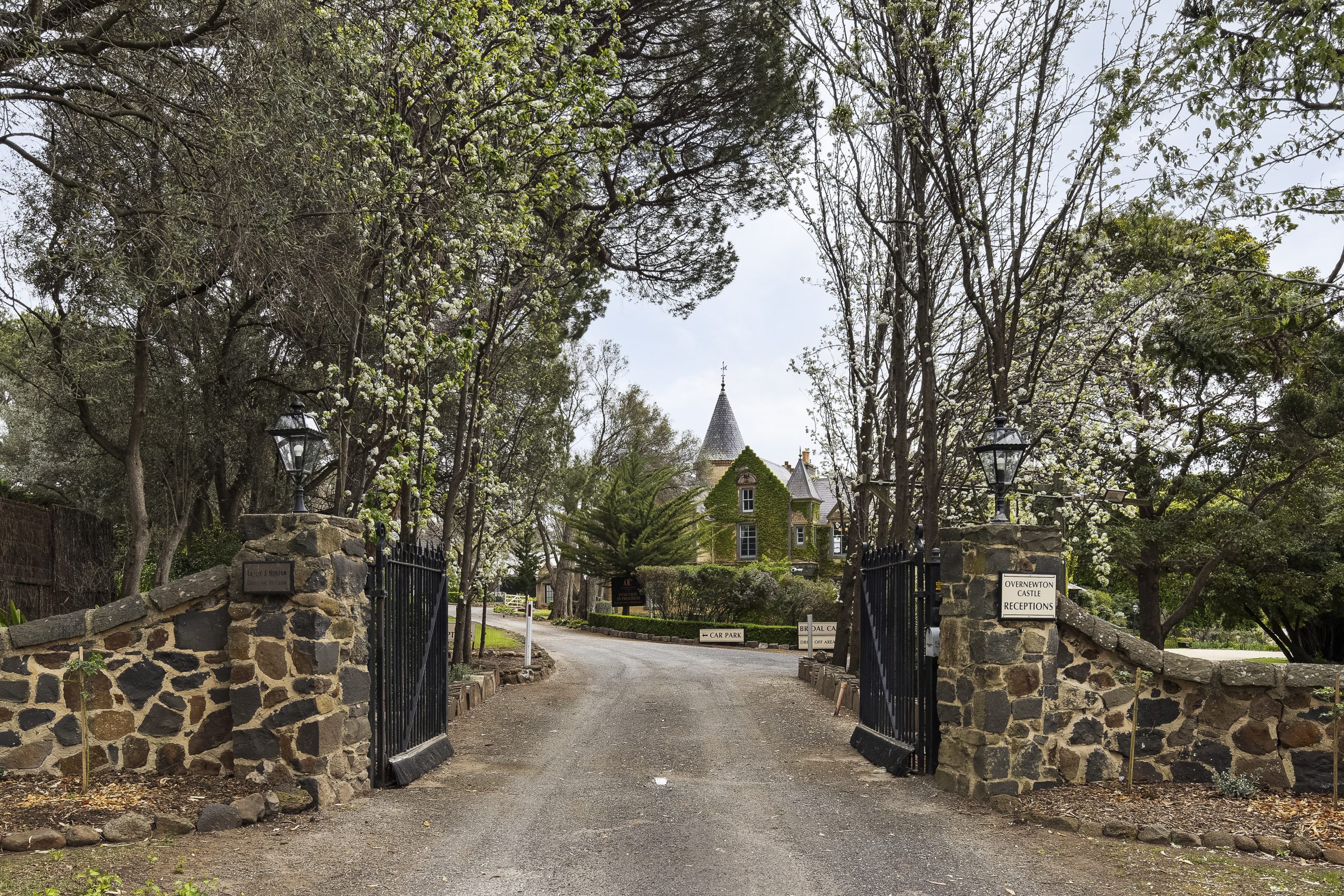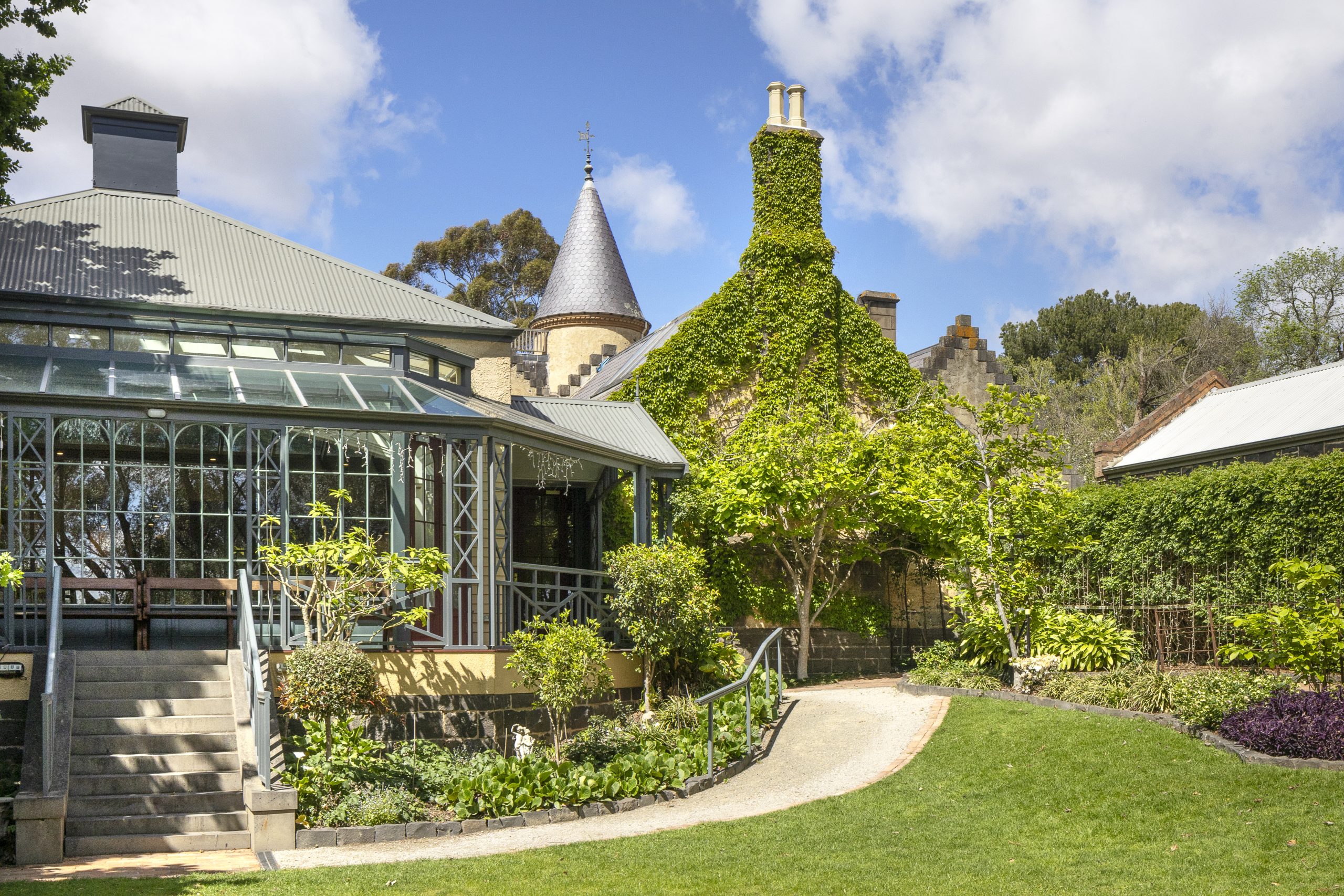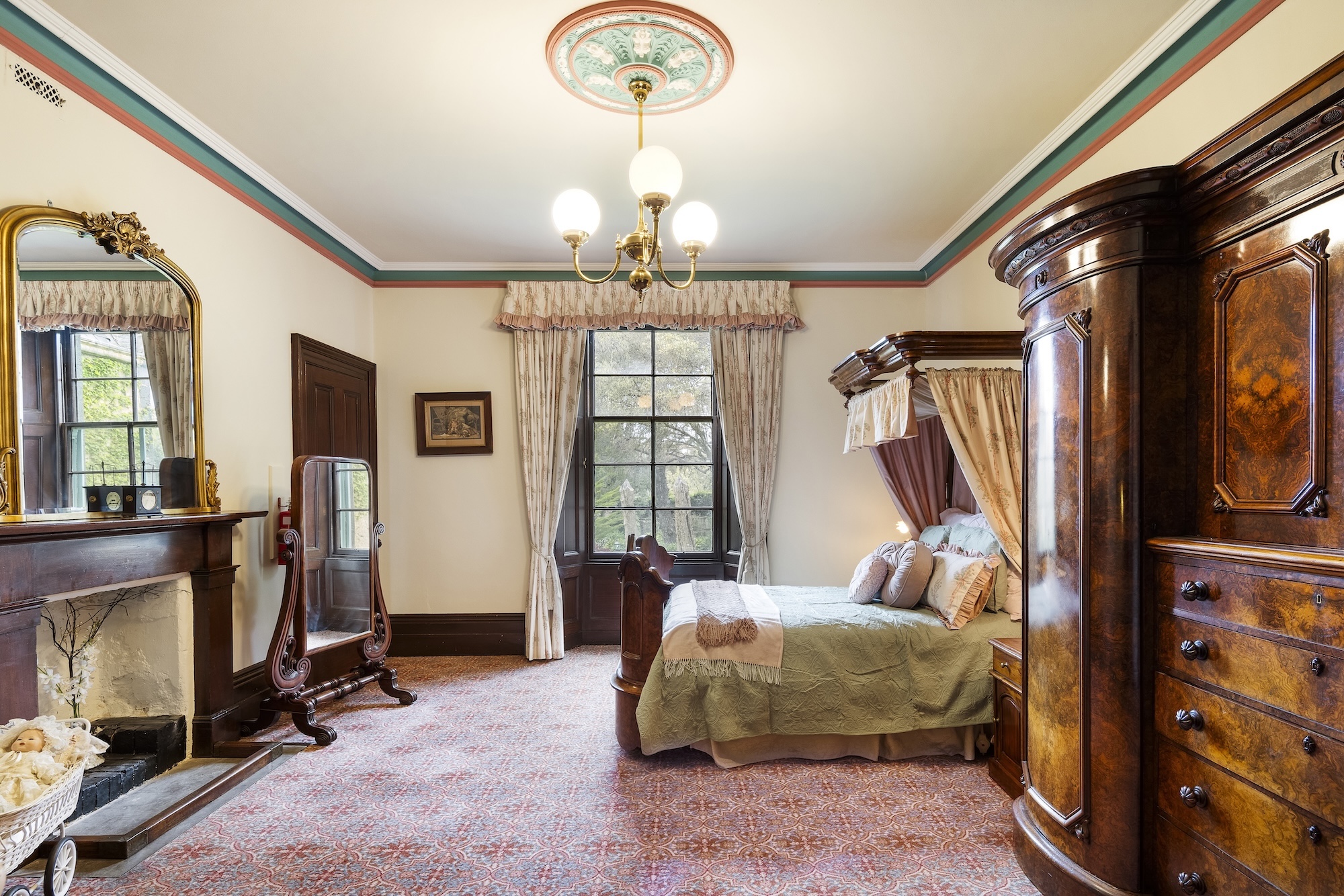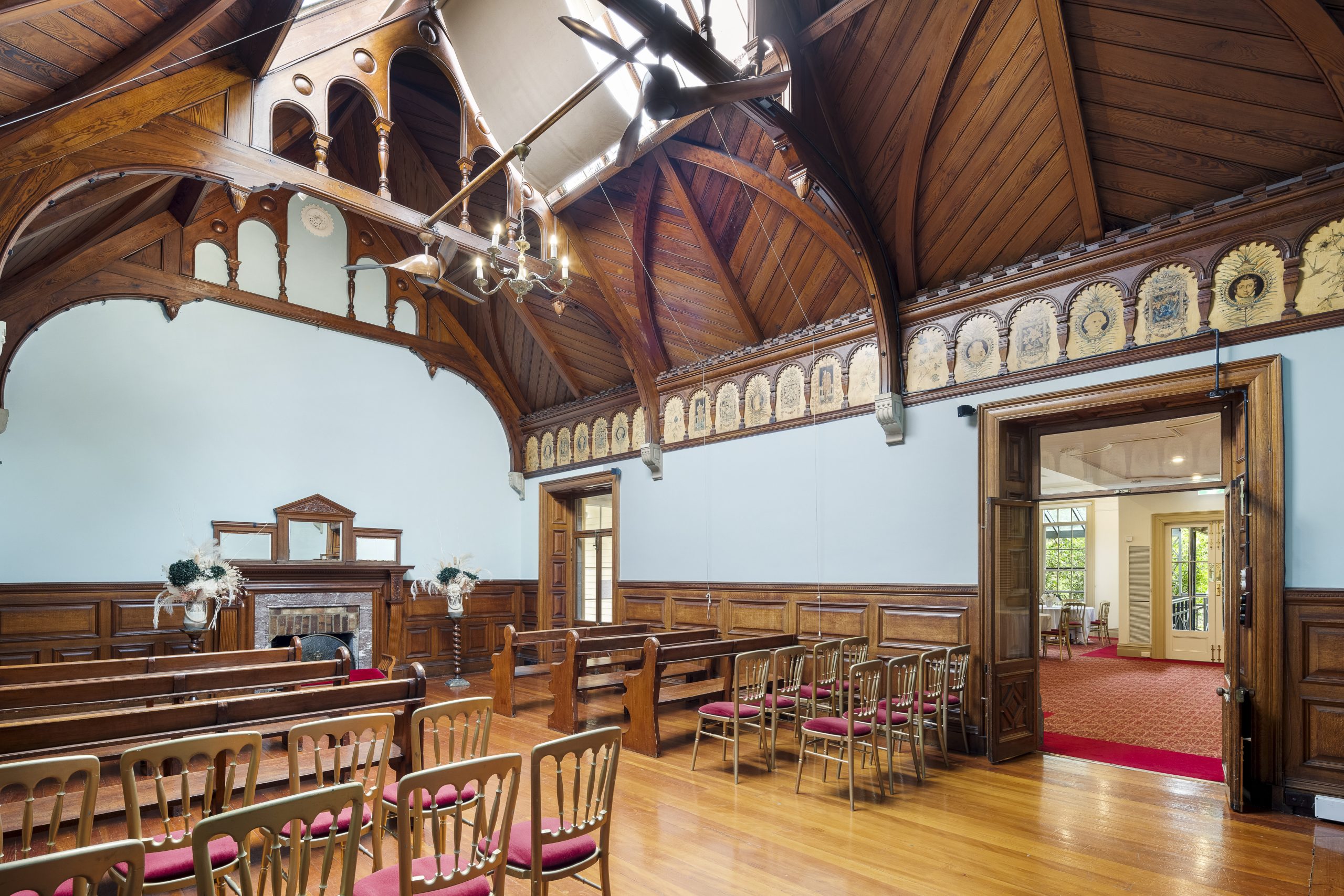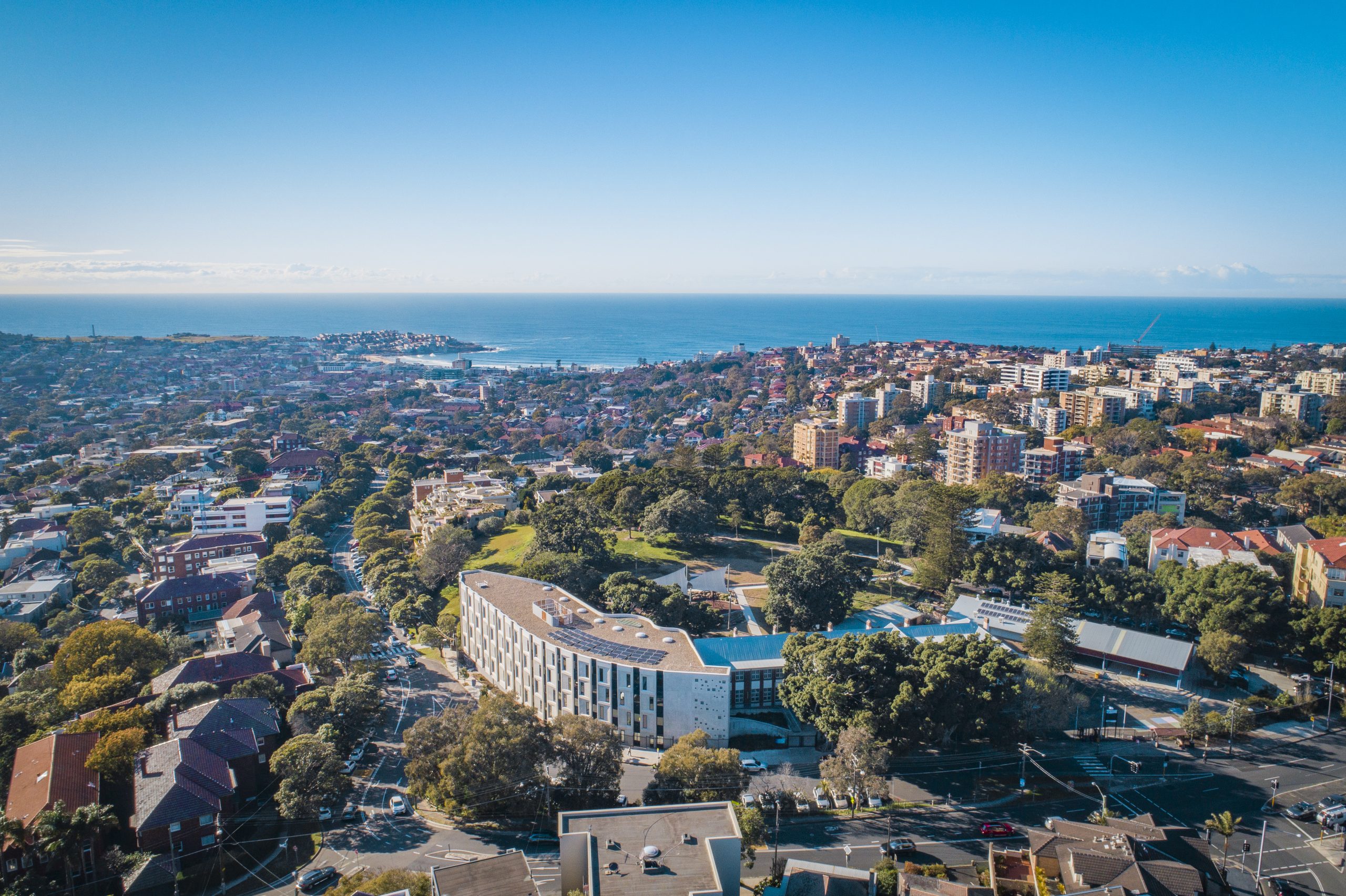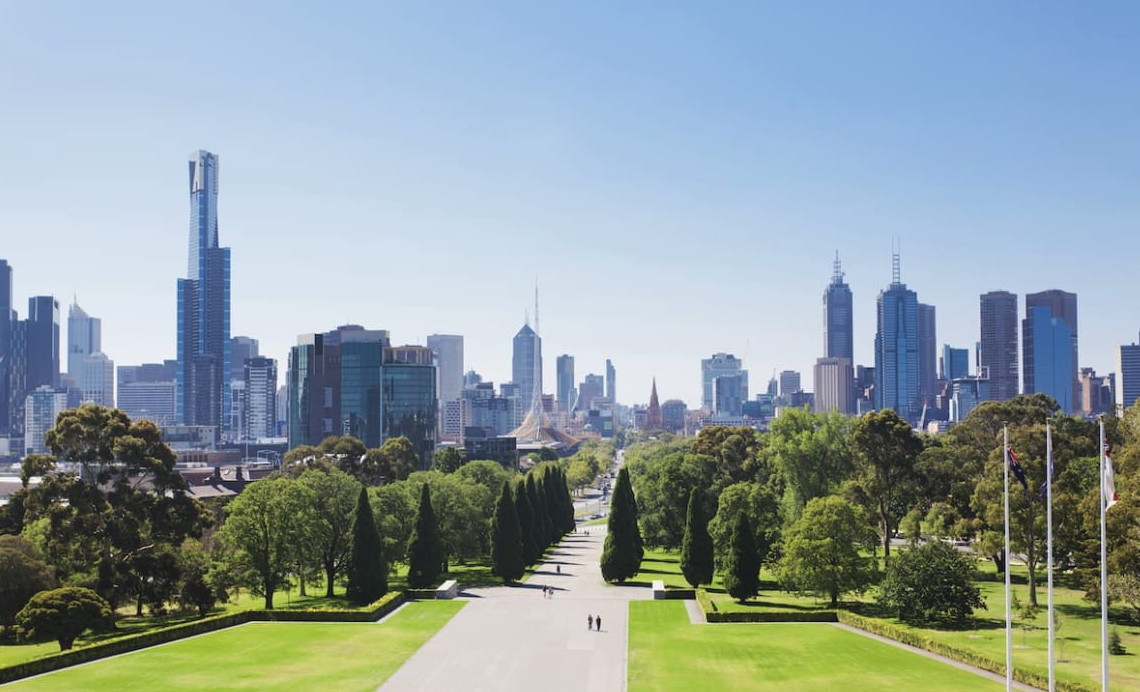Castle in surburban Melbourne on the market
Australia’s castles are rare, but this one is real. Built in 1849 and held by the same family for 50 years, Overnewton Castle in Melbourne is now seeking its next custodian.
Australia’s castles are few and far between, and the opportunity to buy one rarely pops up. There is, however, now a bona fide 35-room chateau for sale in suburban Melbourne.
Listed for the first time in half a century, Overnewton Castle in Keilor, north west of the city, has launched to market through Sean Cussell of Christie’s International Real Estate with a $6 million to $6.6 million price guide.
The 176-year-old Scottish Baronial-style property has been home to the Norton family for the past 50 years, but was originally built for Scottish settler, grazier and former Mayor of Keilor, William James Taylor.
On a sprawling 2.25ha estate surrounded by rolling grounds filled with sculpted gardens and 170-year-old elm trees, the ivy-clad seven-bedroom three-bathroom residence is layered with a blend of Scottish, French and English influences.
Inside the heritage-listed mansion, there is a grand ballroom seating up to 150 guests, a lavish dining room, and a private chapel that was converted from the original billiards room.
Gastroenterologist Dr LJ Norton and his family have invested five decades in Overnewton Castle, partly preserving its period features while also updating the house for the 21st Century. After a devastating fire in 1979, the Nortons upgraded the infrastructure, installed mains water and access roads, and created a 100-vehicle car park.
Many of the 1849 estate’s original features, including drystone walls, period fireplaces and the dramatic western turret – accessed via a 40-step spiral staircase with a mahogany handrail – have been meticulously maintained. Even the turret’s slate “fish scale” roof tiling and ornate wind vane are straight out of the 19th century.
“Overnewton Castle is not just a property; it is our home and a piece of local history that we have cherished for 50 years,” says Norton family member and managing director of Overnewton Castle, Emma Stott.
“Living here, respectfully updating the facilities and operating our business has been a labour of love. As a family, we have created so many fond memories here, as well as played an important role in countless weddings and other events hosted on our grounds.”
In addition to hosting weddings at Overnewton Castle, the Norton and Stott families also run historical tours and high teas on the property.
Cussell says the unique listing represents an opportunity of historical significance. “Overnewton Castle is one of the finest examples of Scottish Baronial architecture in the Southern Hemisphere and an ideal setting for a private residence, luxury retreat, education facility or event venue,” he explains.
“It represents a rare convergence of architectural grandeur, cultural heritage and enduring family legacy. The listing truly is an extraordinary opportunity to own a piece of Australian history.”
Overnewton’s cultural footprint reaches beyond local tourism, with the castle making its mark in Australian cinema. It played a role as the fictional Monclare mansion in the 1982 cult horror film Next of Kin.
Earlier this year, the period Victoria Racing Club nominated property to display the Melbourne Cup during its prestigious Lexus Melbourne Cup Tour, and in 2024, the site was also a finalist in the Victorian Tourism Awards.
Beyond the grand residence, there are several restored outbuildings suitable for entertaining or accommodation, including The Stables for up ten guests, The Loft which sleeps eight, The Cottage that accommodates six, and The Cabin with space for four people.
The stately address is soon to become even better connected with the forthcoming Suburban Rail Loop and Sunshine Superhub infrastructure projects, improving access to the city. Overnewton is about 20kms from Melbourne’s CBD and 8kms from Melbourne Airport.
Overnewton Castle is listed with Sean Cussell of Christie’s International Real Estate with a price guide of $6 million to $6.6 million. The expressions of interest campaign closes on November 21 at 3 pm.
Formula 1 may be the world’s most glamorous sport, but for Oscar Piastri, it’s also one of the most lucrative. At just 24, Australia’s highest-paid athlete is earning more than US$40 million a year.
From gorilla encounters in Uganda to a reimagined Okavango retreat, Abercrombie & Kent elevates its African journeys with two spectacular lodge transformations.
Ray White senior data analyst Atom Go Tian says Sydney’s elite postcodes are pulling further ahead, with Bellevue Hill dominating the nation’s most expensive streets in 2025.
Sydney has cemented its status as the nation’s luxury capital, with Kambala Road in Bellevue Hill being Australia’s most expensive street this year, posting a median house price of $39.35 million.
And, according to Ray White senior data analyst Atom Go Tian, last year’s leader, Wolseley Road, was excluded from this year’s rankings due to limited sales.
“Wolseley Road recorded only three sales this year and was therefore excluded from the rankings, though its $51.5 million median would have otherwise retained the top position,” he says.
Bellevue Hill continues its dominance, accounting for six of the nation’s top 10 streets. Tian says the suburb’s appeal lies in its rare blend of location and lifestyle advantages.
“The suburb’s enduring appeal lies in its rare combination of proximity to both the CBD and multiple beaches, harbour views, and large estate-sized blocks on tree-lined streets.”
Vaucluse remains a powerhouse in its own right. “Vaucluse extends this harbourside premium with even more direct beach access and panoramic water views,” he says.
The gulf between Sydney and the rest of the country remains striking.
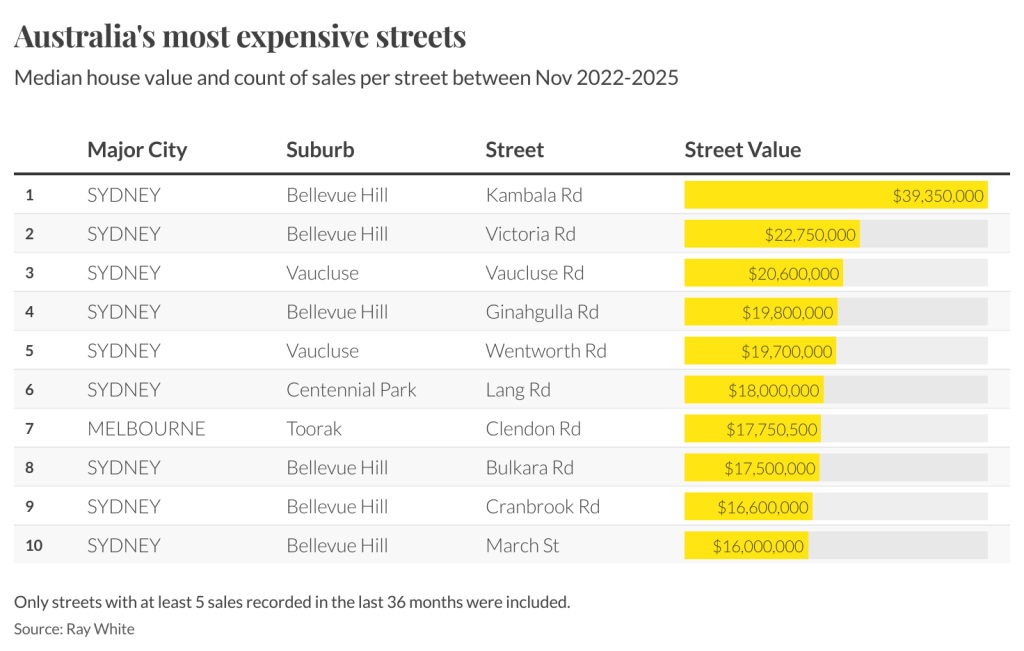
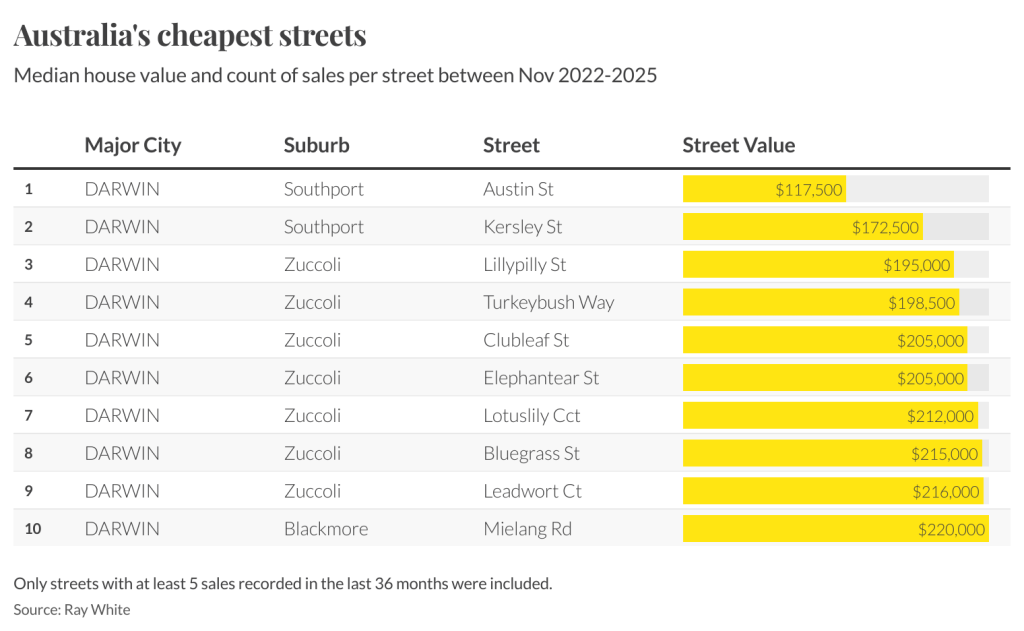
According to Tian, “Sydney’s most expensive streets are more than five times more expensive than the leading streets in Perth and Brisbane, and more than 10 times the premium streets in Canberra and Adelaide.”
He attributes this to Sydney’s economic role and geographic constraints, describing it as “Australia’s financial capital and its most internationally connected city.”
Beyond Sydney, each capital city has developed its own luxury hierarchy. Tian highlights Melbourne’s stronghold in Toorak, noting that “Melbourne’s luxury market remains centred around Toorak, led by Clendon Road, St Georges Road and Linlithgow Road.”
Brisbane’s prestige pockets are more dispersed: “Brisbane’s luxury real estate shows a more diverse pattern,” he says, led by Laidlaw Parade at $6.5 million. Perth’s top-end market remains anchored in the Peppermint Grove–Dalkeith corridor, with Forrest Street at $7.5 million.
He also points to the stark contrast at the lower end of the spectrum. “Darwin presents a mirror image, hosting all 10 of the country’s cheapest streets,” Tian says. Austin Street in Southport sits at just $117,500.
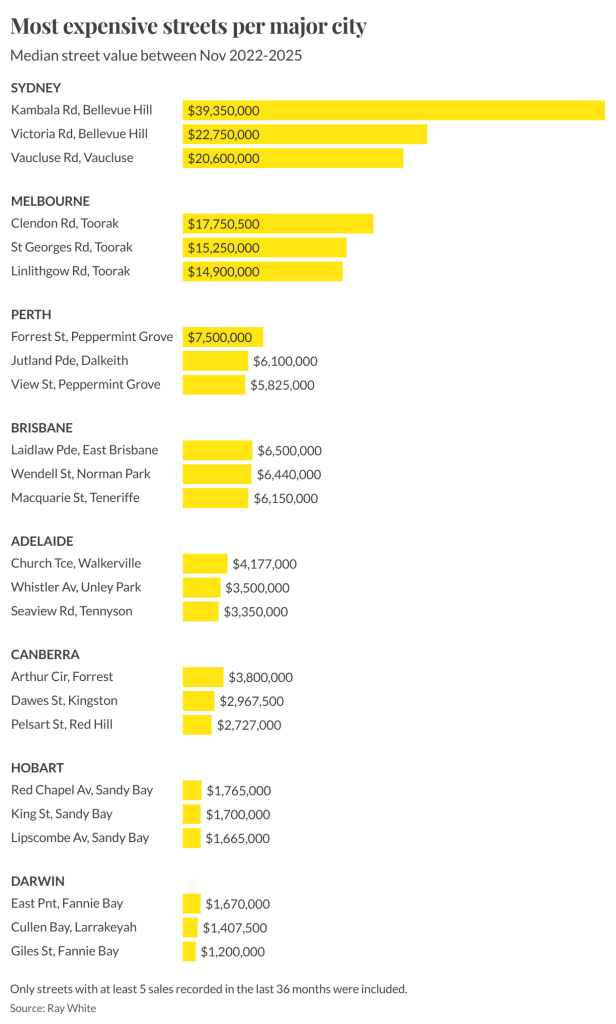

The national spread reaches its extreme in New South Wales. “Sydney emerges as the most polarised market, spanning an extraordinary range from Railway Parade in Katoomba at $385,000 to Kambala Road’s $39.35 million,” Tian says.
Methodology: Tian’s analysis examines residential house sales between November 2022 and November 2025, with only streets recording at least five sales included. Several streets with higher medians, including Black Street, Queens Avenue and Clairvaux Road in Vaucluse, were excluded because they did not meet the sales threshold.
Records keep falling in 2025 as harbourfront, beachfront and blue-chip estates crowd the top of the market.
Australia’s market is on the move again, and not always where you’d expect. We’ve found the surprise suburbs where prices are climbing fastest.









